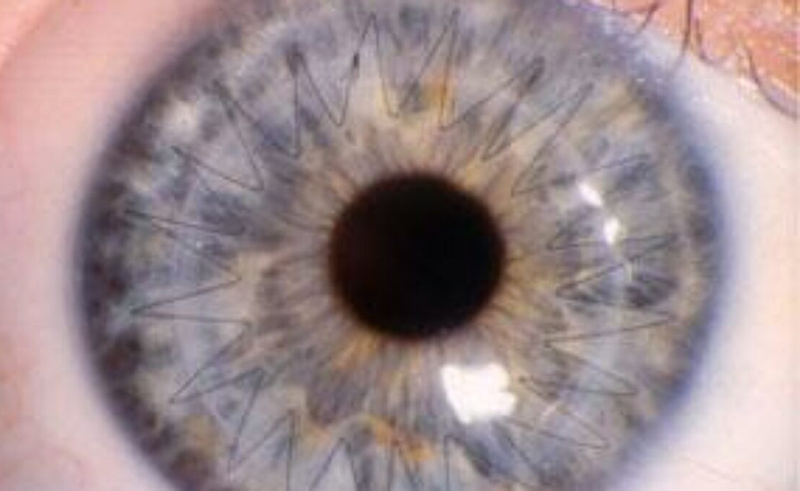


The cornea can be regarded as the “window of the eye.” It acts as the major light-focusing structure of the eye by bending light accurately and directing it through the lens. The cornea must possess ideal shape and clarity to direct light accurately to the retina and produce clear vision. Glasses, contact lenses, laser vision correction, and cataract surgery can often be employed to achieve this. However, if the cornea is misshapen or cloudy due to disease, infection, or traumatic injury, corneal transplantation may be recommended by your surgeon to restore vision.
As a fellowship-trained corneal surgeon, Dr. Lars Hertzog is skilled in the use of several techniques of corneal transplantation. These entail the selective removal of the central, diseased portion of a patient’s cornea and replacing it with clear, disease-free cornea from a human donor.
Traditional corneal transplantation (penetrating keratoplasty) involves full-thickness corneal replacement and requires several months of healing and visual rehabilitation. While very successful, patients may require the use of a contact lens to maximize vision following healing.
Patients with specific corneal diseases such as Fuchs’ Dystrophy or bullous corneal edema may be candidates for a more modern corneal transplant technique known as DSEK (Descemet’s-stripping endothelial keratoplasty). This procedure requires only the transplantation of the deepest, inner layer of the cornea, resulting in less post-operative astigmatism. Healing and visual recovery are accelerated, and patients rarely require a contact lens to see clearly.